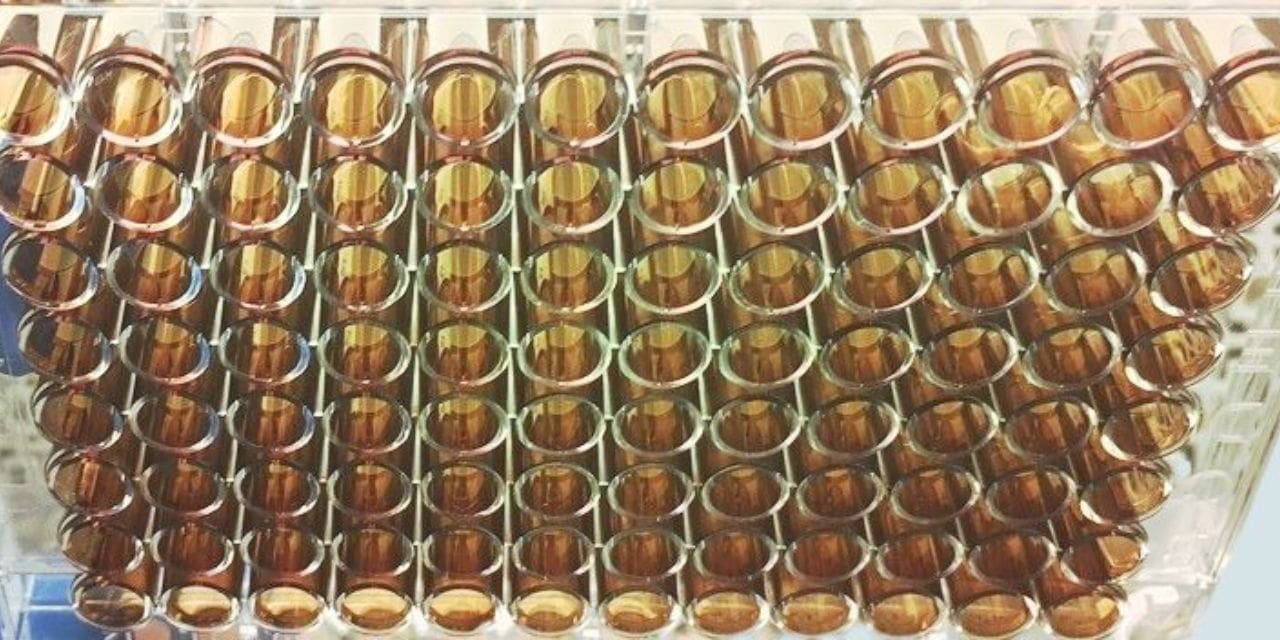The According to a market research report, the “Biocompatible Coatings Market by Type (Antibacterial, hydrophilic), Material (Polymer, Ceramics, Metal), End-Use Industry (Healthcare, Food & Beverage, Medical Devices), & Region (APAC, Europe, North America, MEA & SA) – Global Forecast to 2028″. The According to a market research report, the global biocompatible coatings market size is projected to grow from USD 14.6 billion in 2022 to USD 29.7 billion by 2028, at a CAGR of 12.4%.
Download PDF Brochure: https://www.
Browse
- 200 Market data Tables
- 70 Figures
- 300 Pages and in-depth TOC on “Biocompatible Coatings Market – Global Forecast to 2028”
The global biocompatible coatings market is witnessing high growth with rising demand from the Asia Pacific region, especially, from China and India. India, with its expanding healthcare sector, increasing medical tourism, and a large patient population, presents significant growth opportunities for biocompatible coatings. The country’s focus on improving healthcare infrastructure, promoting indigenous medical device manufacturing, and enhancing the quality of medical treatments drives the demand for biocompatible coatings in various applications. China, being the world’s most populous country, has a massive healthcare market with growing investments in medical research, infrastructure, and technology. The Chinese government’s initiatives to improve healthcare access, support domestic medical device manufacturing, and promote innovation contribute to the increasing demand for biocompatible coatings in the country.
This report also provides a comprehensive analysis of the companies listed below:
The biocompatible coatings market has various small, medium, and large players. Some of the major market players are SurModics, Inc. (US), DSM Biomedical (US), Hydromer Inc. (US), Covalon Technologies Ltd. (Canada), and Hemoteq AG (Germany) among others, have framed their strategies to penetrate and create bases in these emerging markets. Furthermore, companies are concentrating on strengthening their R&D facilities to provide efficient and sustainable products. These products are manufactured considering to regulations implemented by associations and governments.
Recent Developments in Biocompatible Coatings Market
- In March 2022, DSM Biomedical and Svelte Medical Systems Collaboration Fuels Development of DISCREET Bioresorbable Coating Technology Used with SLENDER IDS and DIRECT RX Bioresorbable Coated Drug-Eluting Stent (DES) Systems
- In April 2020, Hydromer renewed its business agreements with many clients. The business will provide its customers specialised coating machinery, formulas for hydrophilic coatings, and full technical support.
Request Sample Pages: https://www.
North America continues to account for the largest share in the biocompatible coatings market. The region has a well-established healthcare infrastructure, a strong presence of key medical device manufacturers, and a high level of research and development activities. These factors contribute to the robust demand for biocompatible coatings in North America. The United States, in particular, has a dominant position in the global biocompatible coatings market. The country is home to several leading manufacturers of medical devices and implants, and it invests heavily in healthcare research and development. The U.S. market benefits from advanced healthcare facilities, a large patient population, and a strong regulatory framework that ensures high-quality standards for medical devices.
The biocompatible coatings market are segmented by Material: polymer, ceramic, metal, and others. polymer is account the largest market share of biocompatible coatings market. The growing aging population and the prevalence of chronic diseases drive the need for advanced medical treatments and procedures. Polymer biocompatible coatings are essential in enhancing the biocompatibility and performance of medical devices, ensuring compatibility with the human body and reducing the risk of adverse reactions or complications. The rising number of surgical procedures, such as orthopedic surgeries and cardiovascular interventions, further fuels the demand for biocompatible coatings in the medical field.
Stringent regulations and standards regarding patient safety and product quality also play a significant role in driving the polymer biocompatible coatings market. Regulatory bodies require medical device manufacturers to adhere to strict guidelines and ensure biocompatibility before products can be approved and commercialized. Polymer coatings provide a reliable and effective solution to meet these regulatory requirements, enabling manufacturers to comply with standards and ensure patient safety.
The biocompatible coatings market is segmented by coatings type into antibacterial, Hydrophilic, and Others. Rapid urbanization, population growth, and the increasing focus on hygiene and cleanliness are also driving the demand for antibacterial coatings in the consumer and household sectors. Consumers are becoming more conscious about maintaining clean and germ-free living spaces, especially in high-traffic areas and public facilities. Antibacterial coatings offer a proactive approach to prevent the spread of bacteria and enhance the cleanliness and safety of surfaces in homes, offices, and public spaces.
The increasing awareness and concern regarding healthcare-associated infections (HAIs) and the need to maintain hygienic environments. HAIs pose significant risks to patients and can result in prolonged hospital stays, increased healthcare costs, and even mortality. Antibacterial coatings provide an effective solution to combat pathogens and reduce the transmission of infections in healthcare settings. They can be applied to various surfaces, such as medical devices, hospital equipment, and high-touch surfaces, to inhibit the growth of bacteria and other microorganisms, thus reducing the risk of infections.
Inquire Now: https://www.
Trending Plastics Industry Reports:

